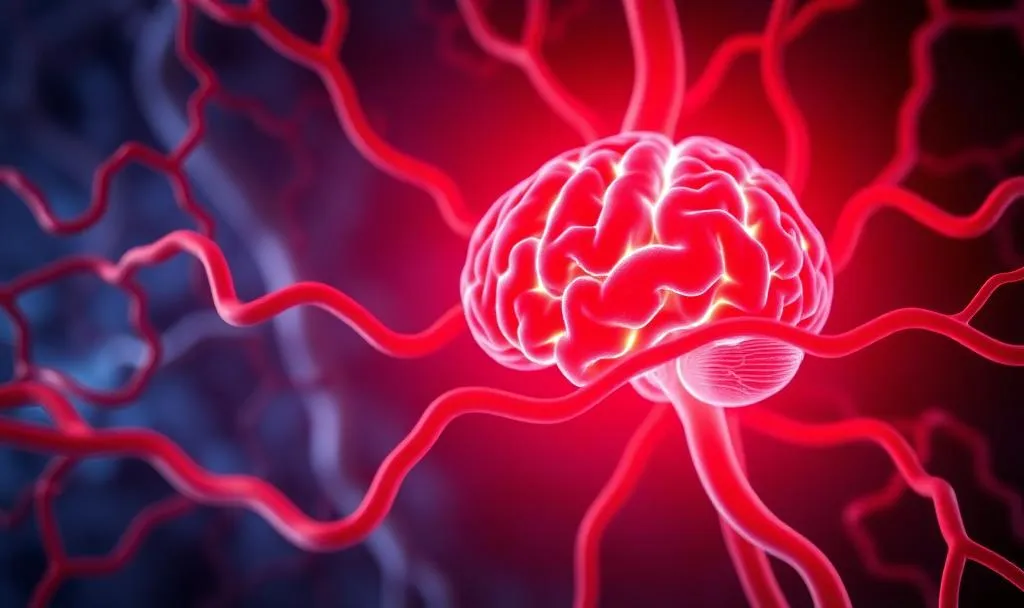My 82 year old dad has dementia. Otherwise he is very healthy.
This is the kind of statement family members often make when first contacting a senior consultant regarding care planning for their loved ones.
On the one hand they know this is dementia, with its increasingly debilitating symptoms including memory loss, confusion, and poor judgement. Dangerous, pernicious, and undeniable. But on the other hand, they fail to comprehend that their loved one is gravely ill, for many of the health conditions closely associated with dementia are systemic, chronic, and frequently go unnoticed without proper medical monitoring.
Dementia is not a disease. It is rather a symptom of one or more diseases characterized by progressive cognitive impairment. By the time dementia symptoms become outwardly noticeable, an underlying condition is likely to have already been developing unchecked for several years.
Such is the case of vascular disease. Although some cases of dementia can be caused by a single disease, such as Alzheimer’s (present in about 70% of dementia cases), the majority of dementia cases are actually a result of mixed conditions, with the most common condition in the mix being vascular disease. That is, we seldom encounter a case of pure Alzheimer’s or pure Lewy Body Disease; most often, the condition is Alzheimer’s mixed with vascular dementia or Lewy Body mixed with vascular dementia.
It is widely understood that vascular health plays a critical role in the development and progression of various forms of dementia, not just vascular dementia itself.
Vascular dementia is the kind of dementia caused directly by conditions that damage the blood vessels in the brain, interrupting blood flow, and depriving brain cells of oxygen and nutrients.
The brain is particularly vulnerable to changes in vascular health because the human brain is incredibly energy-hungry: It accounts for only about 2% of total body weight but consumes about 20% of the body’s oxygen supply. In other words, your brain requires a tremendous amount of oxygen to function properly! Even tiny, temporary deficiencies in blood delivery to the brain, although unnoticed in real time, can cumulatively over the years result in irreparable damage to brain tissue, subsequently causing cognitive decline. The mechanisms by which vascular disease can damage blood vessels and disrupt blood supply to the brain include:
- Strokes: A major stroke, or even multiple small, “silent” strokes (transient ischemic attacks or TIAs) that may not cause noticeable symptoms, can lead to vascular dementia. The location and number of these strokes are random and can significantly influence the type and severity of cognitive impairment.
- Small Vessel Disease: This involves damage to the tiny blood vessels deep within the brain, often due to chronic conditions like high blood pressure. This can lead to widespread damage to the brain’s white matter (the wires that connect brain regions).
- Brain Hemorrhage: Bleeding from ruptured blood vessels in the brain can also cause damage and lead to vascular dementia.
- Atherosclerosis: The buildup of plaque in arteries (hardening of the arteries) can narrow blood vessels, reducing blood flow to the brain.
The same vascular conditions are often present in individuals with Alzheimer’s disease, and such vascular changes can alter the progression of Alzheimer’s. Although the processes that cause dementia are not yet fully understood, it is estimated that poor vascular health can exacerbate Alzheimer’s pathology (e.g., amyloid plaques and tau tangles, the hallmark proteins associated with Alzheimer’s disease) and vice versa, creating a vicious cycle of brain damage. Reduced blood flow can further impair the brain’s ability to clear harmful proteins like amyloid plaques.

Improving cardiovascular health can be a crucial strategy for reducing the risk and potentially slowing the progression of dementia. This involves:
- Controlling blood pressure, cholesterol, and blood sugar.
- Maintaining a healthy weight.
- Regular physical activity.
- Eating a healthy diet.
- Quitting smoking.
- Managing stress.
- Reducing use of alcohol.
While not the primary cause, vascular changes can also co-exist with other forms of dementia, such as Lewy Body and Frontotemporal dementia, and contribute to the acceleration of cognitive decline.
The strong links between vascular health and dementia are even more evident when considering that many of the risk factors for cardiovascular disease and stroke are also risk factors for dementia. These include:
Age: The risk of vascular dementia significantly increases with age.
High Blood Pressure (Hypertension): Damages blood vessels throughout the body, including the brain.
High Cholesterol (Dyslipidemia): Contributes to atherosclerosis.
Diabetes: High blood sugar levels can damage blood vessels and contribute to inflammation.
Smoking: Damages blood vessels and reduces blood flow and oxygen to the brain.
Alcohol Consumption: Long-term alcohol use can significantly damage blood vessels, causing narrowing of blood vessels, accumulation of plaque in the arteries, reduced blood flow, damage to blood vessel walls, and increase the risk of blood clots.
Obesity: Often associated with other vascular risk factors.
Lack of Physical Activity: Contributes to poor cardiovascular health.
Unhealthy Diet: Can lead to high cholesterol, high blood pressure, and weight gain.
Atrial Fibrillation and other Heart Conditions: Can lead to blood clots that travel to the brain.
Genetics: While most vascular dementia isn’t directly inherited, a family history of conditions like high blood pressure or heart disease increases risk.
What does it matter, if he already has dementia?
Rarely we meet a patient who has dementia but is otherwise healthy. By the time dementia symptoms are severe enough to elicit calls for care, chronic conditions have most likely already been wreaking havoc in the body and brain for years. Understanding the factors that influence the progression of a person’s dementia-causing disease(s) is essential for creating a realistic plan for their care. The severity of the underlying conditions hugely affects quality of life, mobility, well-being, and mortality. This is particularly true in terms of the devastating systemic damages caused by vascular disease.
Vascular diseases, even when not directly causing vascular dementia, can alter the symptomatic picture of the primary cause, such as Alzheimer’s disease. As Alzheimer’s develops in the brain, cognitive symptoms form a distinctive pattern starting with short term memory loss, increasing in severity over time to encompass impairments related to executive functioning, decision making, apathy, and lack of interest in self care. Experienced doctors are able to identify Alzheimer’s by the symptoms alone, so distinctive they are. However, vascular disease, with its inconsistent and random TIA attacks on the brain, among other harmful mechanisms, can disrupt symptom patterns and create a complex puzzle for doctors to diagnose and for caregivers to attend to. A care plan must take that into consideration in order to provide the patient with comfort and safety.
Survival rate is another important consideration for affected families. Life expectancy in Alzheimer’s is variable. Some individuals live for many years after diagnosis, while others experience a more rapid progression. While we notice that those with more pure forms of Alzheimer’s live longer, a comorbidity such as an underlying vascular disease can negatively impact the prognosis, inflicting significant and sometimes sudden changes in health conditions. This can have a tremendous impact on families, both emotionally and financially, and needs to be addressed in the care plan.
Memory care is end-of-life care.
Care planning care for a person with dementia involves creating a structured environment, promoting independence, and ensuring safety, while also addressing their individual physical and emotional needs, in light of their medical needs and concurrent health conditions. Talk to your doctor about obtaining a comprehensive view of all the conditions present that can affect prognosis and inform the care of your loved one. However painful the facts may be, a realistic view of the related conditions will help you and your care team in providing appropriate care and in keeping them safe, comfortable, and content to the maximum extent possible.
By Luciana Mitzkun
Care Consultant

